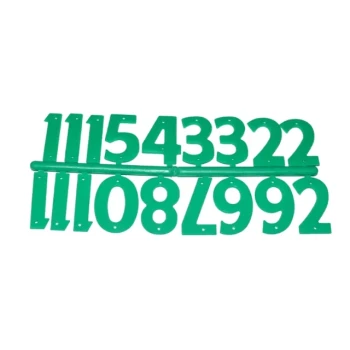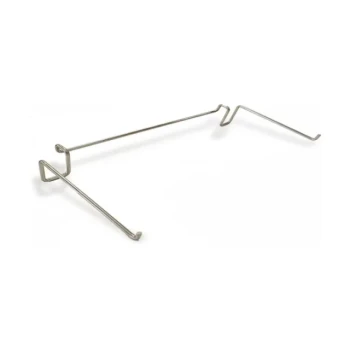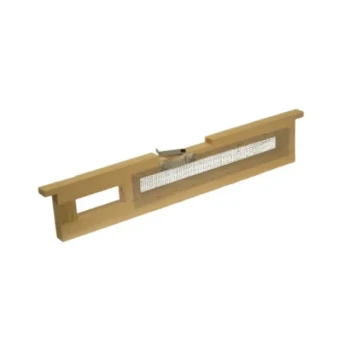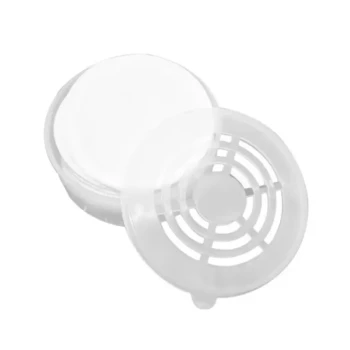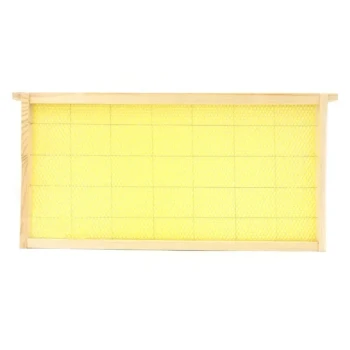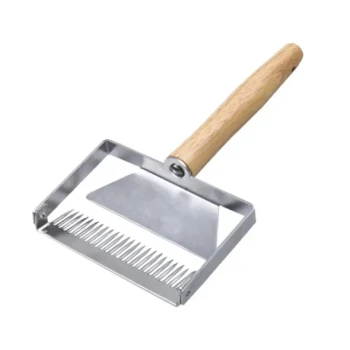When choosing a bee suit, the decision is a critical balance between three factors: sting protection, climate comfort, and functional design. Your primary considerations should be the suit's material, its closure system (zippers and elastics), and its fit, as these elements work together to create a secure barrier between you and the bees.
The most effective bee suit is not just a piece of clothing, but a sealed system. Your goal is to find a suit that offers impenetrable protection without being so uncomfortable in your climate that you are tempted to take shortcuts that compromise your safety.
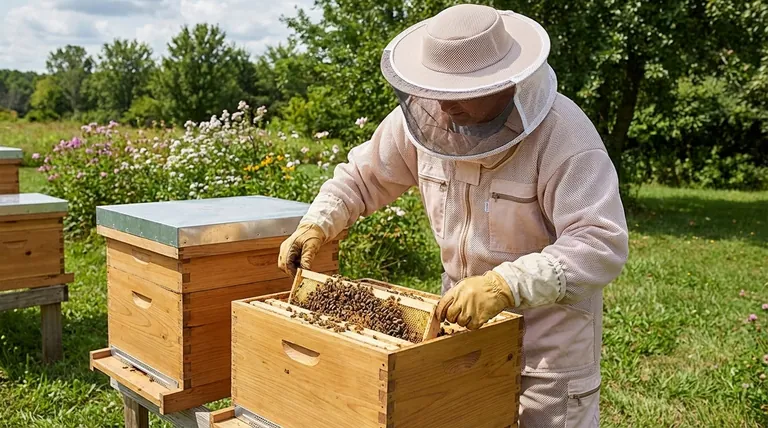
The Foundation: Prioritizing Protection
Your suit's first and most important job is to prevent stings. This is achieved through a combination of material thickness and the integrity of its entry points.
Material Matters: From Cotton to Ventilated Mesh
The fabric of your suit is your primary line of defense. A bee's stinger is a fixed length, so the goal is to keep your skin further away than it can reach.
Cotton is breathable and comfortable but may not offer the highest level of protection on its own, especially if the suit is pulled taut against your skin.
Polycotton blends are a common choice, offering a good balance of durability, protection, and wearability. They are often thicker and more resilient than pure cotton.
Ventilated 3-layer mesh is the modern standard for superior protection and comfort. It consists of two outer layers of mesh with a thicker inner layer that creates significant space, making it nearly impossible for a stinger to reach your skin while allowing for maximum airflow.
The Importance of a Sealed System
A high-quality material is useless if a bee can simply walk inside your suit. Pay close attention to the closure and seal points.
Look for sturdy, high-quality zippers. A failing zipper is a serious safety liability. The junction where the suit zipper meets the veil zipper is a particularly common weak point.
Elasticated cuffs and ankles are non-negotiable. They create a snug seal around your gloves and boots, preventing bees from crawling up your arms or legs.
Some suits include thumb ties or loops. These are excellent features that keep the sleeve securely tucked into your glove, even when you are reaching and stretching.
Veil Design and Visibility
The veil protects your face and head, the most vulnerable and dangerous place to be stung. An integrated veil that zips directly to the suit is the most secure option.
Ensure the screen provides excellent visibility. Working with bees requires you to spot eggs and larvae, so a dark or distorted view can hinder your work and cause you to make clumsy, agitating movements.
Comfort and Usability in the Field
A suit that is too hot or restrictive is a suit you will dread wearing. Comfort is not a luxury; it is a feature that enables you to work calmly and effectively.
Sizing for Safety and Movement
Always choose a suit that is one size larger than your normal clothing. It is designed to be worn over your clothes, and a loose, baggy fit serves two critical functions.
First, it creates more space between the fabric and your skin, adding a crucial layer of air that enhances sting protection. Second, it allows for a full range of motion for lifting boxes and inspecting frames.
The Psychology of Color
There is a reason nearly all bee suits are white or a very light pastel. Bees are known to be more agitated by dark, fuzzy objects that may resemble a natural predator, like a bear. Light, smooth colors are less threatening and help keep the hive calm.
Ventilation for Hot Climates
If you work in a warm climate, a ventilated suit is essential. The 3-layer mesh design allows body heat to escape and breezes to pass through, dramatically reducing the risk of overheating during an inspection.
Understanding the Common Pitfalls
Many beekeeping mistakes happen before you even approach the hive. Avoiding these common errors when selecting and using your suit is critical.
The Tight Fit Mistake
The most common error is buying a suit that is too tight. When the fabric is pulled taut against your skin—for instance, across your shoulders or knees—it reduces the distance a stinger needs to travel, dramatically increasing your risk of a sting.
Ignoring Weak Points: Zippers and Seams
Be wary of suits that are significantly less expensive, often under $100. These savings frequently come from lower-quality zippers and weaker stitching, which are the most likely points of failure.
Neglecting Pre-Use Inspections
Before every use, inspect your suit for any small holes or tears. A tiny gap is a clear invitation for a bee to explore. Likewise, always double-check that every zipper and elastic closure is fully and properly secured.
Making the Right Choice for Your Goal
Select your suit based on your specific climate and the temperament of your bees.
- If your primary focus is maximum protection in a temperate climate: Choose a high-quality polycotton blend or a 3-layer ventilated suit from a reputable brand.
- If your primary focus is comfort in a hot climate: A fully ventilated 3-layer mesh suit is the best investment you can make for your comfort and safety.
- If you are a casual hobbyist with calm hives: A well-made polycotton suit can provide an excellent balance of protection, durability, and cost.
Ultimately, your bee suit is your most important piece of safety equipment, so invest in one that allows you to work with confidence and focus.
Summary Table:
| Key Factor | What to Look For | Why It Matters |
|---|---|---|
| Material | Ventilated 3-layer mesh, polycotton blends | Creates space from stingers; balances protection and airflow |
| Fit | One size larger than normal clothing | Enhances protection and allows full range of motion |
| Closures | Sturdy zippers, elastic cuffs/ankles, thumb loops | Prevents bees from entering the suit |
| Ventilation | Mesh panels for hot climates | Reduces overheating during long hive inspections |
| Color | White or light pastel shades | Calms bees by avoiding dark, predator-like colors |
Equip Your Apiary with Confidence
As a commercial beekeeper or distributor, your team's safety and efficiency are paramount. HONESTBEE supplies durable, professional-grade bee suits designed for the rigors of commercial beekeeping. Our suits feature reinforced zippers, advanced ventilated mesh, and ergonomic designs to keep your operators protected and productive.
Contact us today to discuss wholesale pricing and bulk orders tailored to your operation's needs. → Get in Touch
Visual Guide
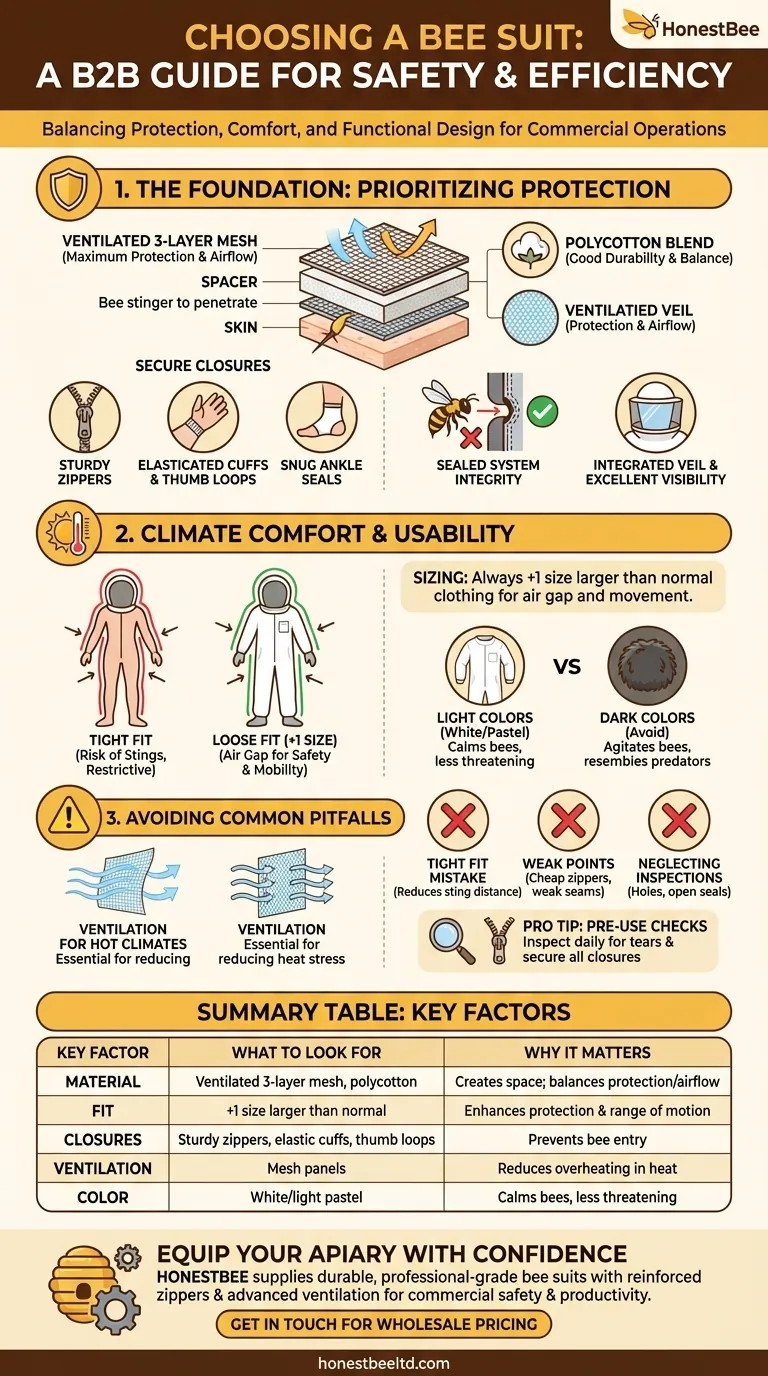
Related Products
- Wholesales Dadant Size Wooden Bee Hives for Beekeeping
- Yellow Plastic Bucket Pail Perch for Beekeeping
- Long Langstroth Style Horizontal Top Bar Hive for Wholesale
- Professional Insulated Winter Hive Wrap for Beekeeping
- Automatic Honey Flow Beehive 4 Frame Mini Hive for Beekeeping
People Also Ask
- What should beginners consider when purchasing beekeeping equipment? A Guide to Essential Starter Gear
- How often should the area under beehives be inspected and cleaned during the warm season? A Proactive Maintenance Guide
- What is beekeeping equipment? Essential Tools for Commercial Apiaries & Distributors
- What are the essential pieces of equipment for most beekeepers? Get Started with the Right Gear
- What is the best place to keep bees? Find the Perfect Apiary Site for Your Hives








